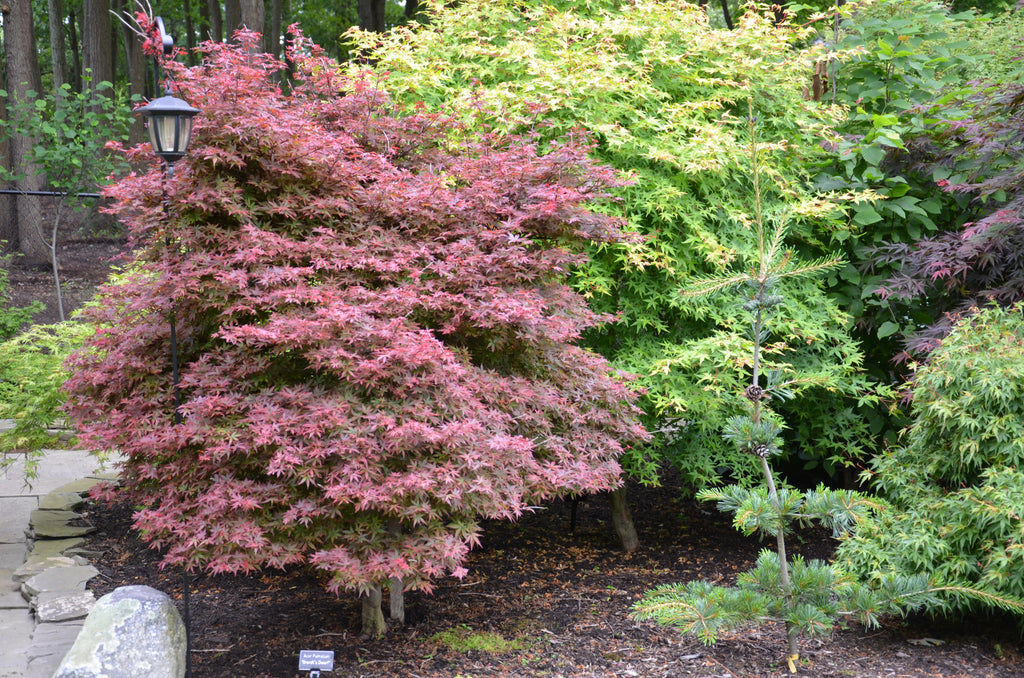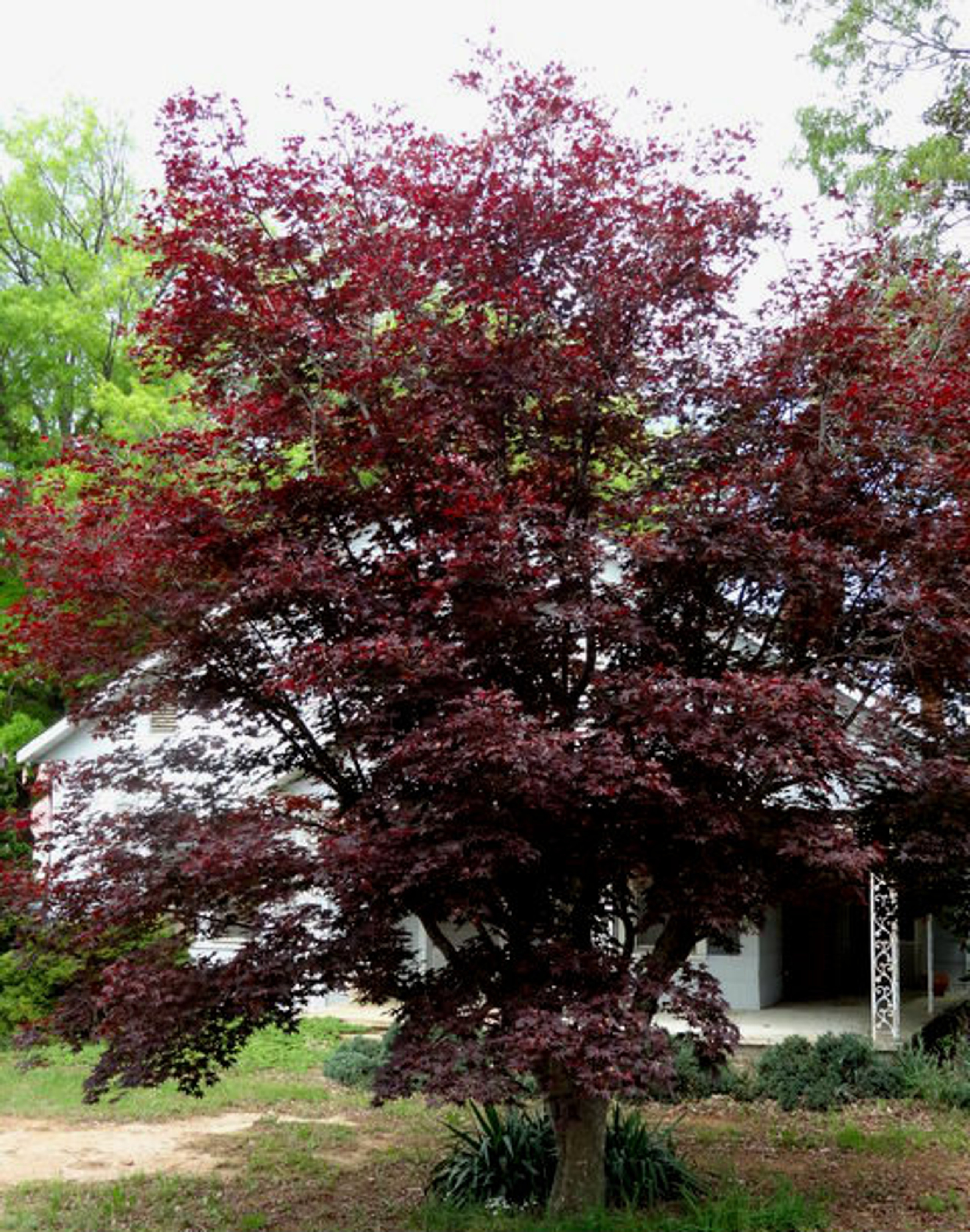

Many of the smaller varieties are excellent in containers. Chlorosis (yellowing of leaves due to lack of chlorophyll) may occur in high-pH soils. If you live in an area with heavy clay soil, planting them slightly elevated is beneficial this will help guard against root rot and disease. Japanese maples are fairly adaptive, but prefer moist, well-drained, slightly acidic soils that contain organic matter. Japanese maples prefer to be in locations protected from strong winds and spring frosts. Either way, make sure there is no threat of frost which can damage a newly planted tree. However, many gardeners also find success planting in the spring. When to plant:įall is an excellent time to plant because it allows the roots of your Japanese maple to get established while the rest of the tree is dormant. Compare the different types of Japanese maples here. Japanese maples offer plenty of diversity. If this isn’t an option, select a cultivar that has a reputation for being a faster-than-average grower, such as Acer palmatum ‘Beni-otake’. If you want an established look right from the start, you can opt to plant an older, larger maple rather than a young one that may take years to mature. Planting them in a spot where they are happy and caring for them well helps maximize their growth rate. They typically grow fastest when they are young and slow down as they reach maturity. Most Japanese maples grow at a slow to moderate rate of 1 to 2 feet per year. Foliage color:įamous for their phenomenal fall colors, Japanese maples also present purples, reds, yellows, oranges, and greens as well as variegation throughout the growing season. For best color, most maples need a location with part day's sun or at least high light. Too little light, and some of the more colorful varieties will take on a greenish tone - still attractive, but not the brilliant fall color of reds and purples as would be expected. Too much light can damage delicate leaves. Providing the right amount of light can be a balancing act.


Varieties from 8 to 30 feet tall and wide. They typically leaf out early in the season and a late cold snap can cause serious damage even to mature specimens. Heat is a consideration, especially in the south, not necessarily for the health of the maple but for its effect on leaf color, causing many purple or red-leaved varieties to “go green” in the summer. It would make a good focal point for a courtyard garden.Acer palmatum. It's a beautiful choice for container gardening.įor something larger, but with a compact, upright habit, Graham Rice recommends the green and lacy ‘Seiryu’, which has yellow coloring in fall. It has attractive green leaves with red tints which then turn golden-yellow in fall, and reaches a height of only 59". What are the best varieties of Japanese maples for small gardens?Īlongside 'Velvet Viking', 'Moonrise', and 'Shaina' listed above, try 'Little Princess'.
#Red japanese maple full#
Plant this variety in full sun or partial shade. It's available to buy from Nature Hills (opens in new tab). ‘They're known for their delicate form, distinctive laceleaf, and intense red color.’ While I would caution people that these varieties are high-maintenance, the best all-around variety for that form is the "Crimson Queen",’ says Lisa. ‘Lots of people looking for a Japanese maple tree want a weeping variety. (Image credit: McPhoto/Rolf Mueller / Alamy Stock Photo)


 0 kommentar(er)
0 kommentar(er)
